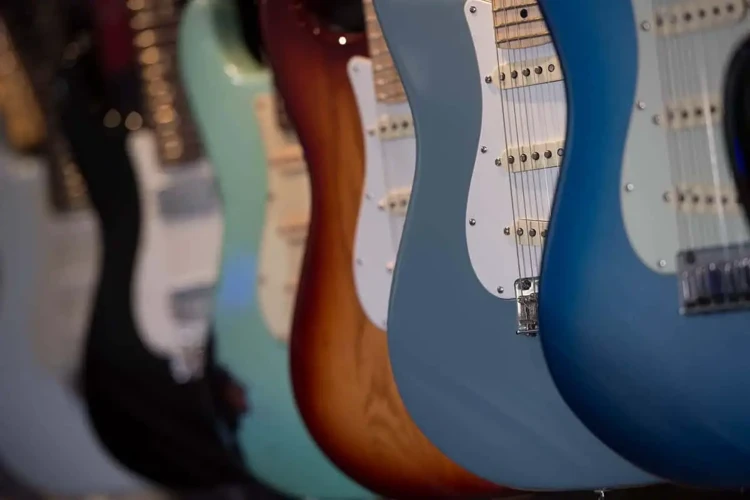Country music has a long-standing tradition of featuring the electric guitar as a prominent instrument in its sound. One of the key components of this genre is the solid body electric guitar, known for its versatility, durability, and ability to produce a wide range of tones. In this article, we will explore the role of solid body electric guitars in country music, their unique characteristics, and some of the iconic players who have wielded them to create timeless country hits.
The Birth of Solid Body Electric Guitars
The solid body electric guitar revolutionized the music industry when it was first introduced in the early 1950s by companies like Fender and Gibson. Prior to the solid body design, electric guitars were typically hollow-bodied instruments, which were prone to feedback issues at high volumes. The solid body construction eliminated this problem, providing a more stable platform for amplification and creating a clearer, more sustained tone.
One of the most iconic solid body electric guitars in history is the Fender Telecaster, introduced in 1951. Known for its twangy sound and bright tonal characteristics, the Telecaster quickly became a favorite among country musicians for its versatility and reliability. Another legendary solid body model is the Gibson Les Paul, which offers a warmer, more sustain-heavy tone that has also found its way into the country music scene.
Solid Body Electric Guitars in Country Music
Solid body electric guitars have played a crucial role in shaping the sound of country music over the decades. Their ability to cut through the mix, provide clarity in tone, and offer a wide range of sonic possibilities make them ideal instruments for the genre. Whether it’s the chicken-picking style of traditional country or the more modern, rock-infused sounds of contemporary country, solid body electric guitars have been a staple in the hands of country guitarists.
One of the defining characteristics of solid body electric guitars in country music is their versatility. From clean, twangy tones to gritty, overdriven sounds, these guitars can cover a wide spectrum of styles within the genre. This flexibility has made them a go-to choice for country players looking to express their musical ideas with precision and clarity.
Iconic Solid Body Electric Guitars in Country Music
Fender Telecaster
The Fender Telecaster, also known as the “Tele,” has been a mainstay in country music since its inception. Its distinctive twang and bright, clear tone make it a favorite among country guitarists for both lead and rhythm playing. Artists like Brad Paisley, Keith Urban, and Brent Mason have all utilized the Telecaster to create signature sounds that have become synonymous with modern country music.
Gibson Les Paul
While the Gibson Les Paul is often associated with rock and blues, it has also made its mark in the world of country music. Known for its thick, sustain-heavy tone and powerful output, the Les Paul has been used by country legends like Duane Eddy and Vince Gill to craft rich, melodic lines and soaring solos. Its versatility and ability to deliver a wide range of tones make it a popular choice among country players looking for a guitar that can handle everything from gentle ballads to raucous rockers.
Fender Stratocaster
The Fender Stratocaster is another solid body electric guitar that has found its way into the hands of many country musicians. With its smooth, bell-like tones and comfortable playability, the Stratocaster is well-suited for a variety of playing styles, from chicken-picking to bluesy bends. Artists like Merle Haggard, Albert Lee, and Brad Paisley have all used the Stratocaster to great effect in their country music recordings, showcasing the guitar’s versatility and tonal range.
Are you interested in exploring the world of country music with solid body electric guitars? Discover techniques like fingerpicking and solo performance, as well as tips on speed and accuracy with flatpicking. Dive into the realm of country chords and fingerpicking styles with resources on chords and fingerpicking techniques!
Conclusion
Solid body electric guitars have played a vital role in shaping the sound of country music, offering a blend of clarity, versatility, and tonal richness that has become synonymous with the genre. From the iconic twang of the Fender Telecaster to the warm sustain of the Gibson Les Paul, these guitars have become essential tools for country guitarists looking to express themselves creatively and authentically. As country music continues to evolve, the solid body electric guitar remains a timeless and indispensable instrument in the genre’s rich musical tapestry.


